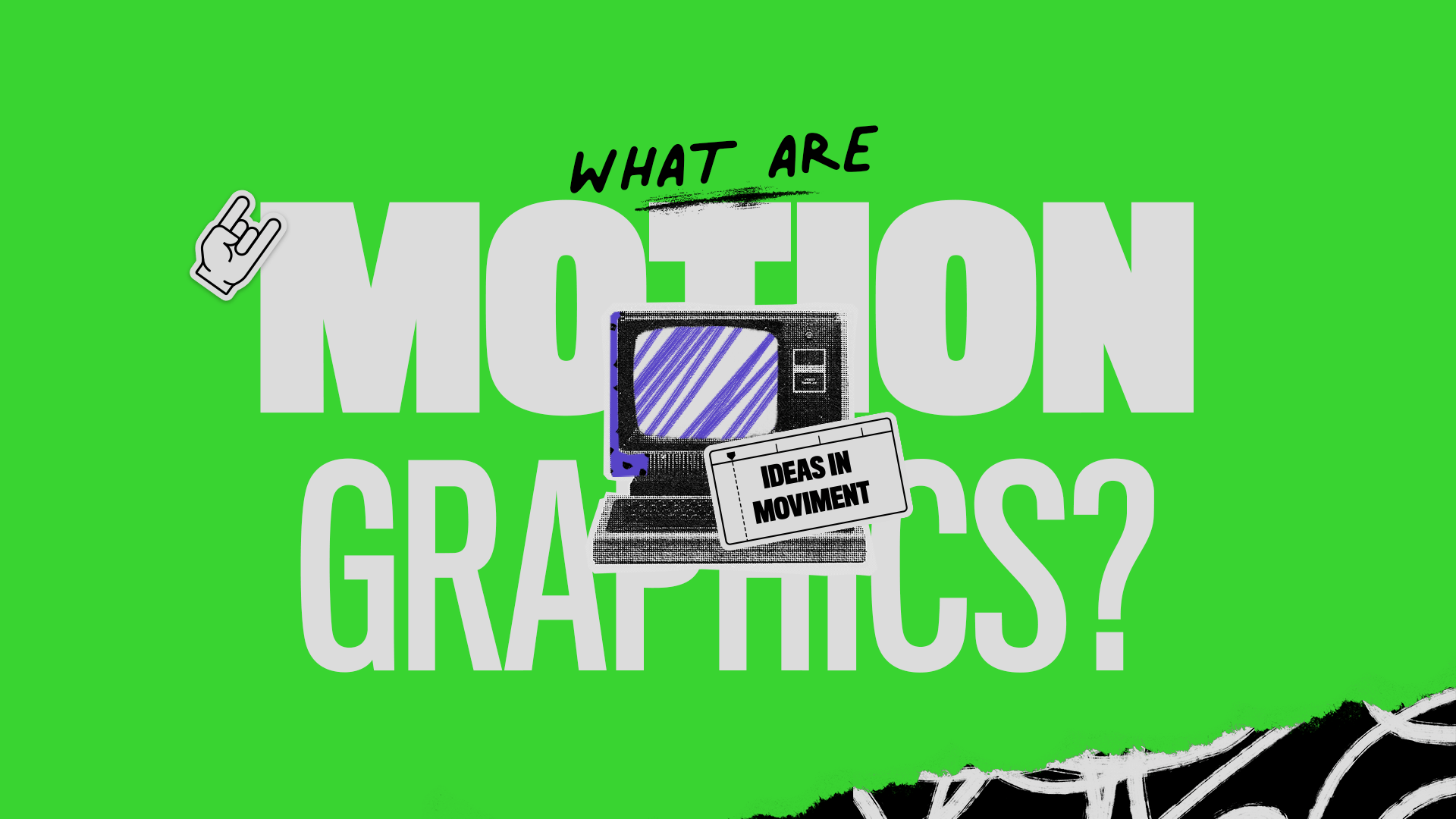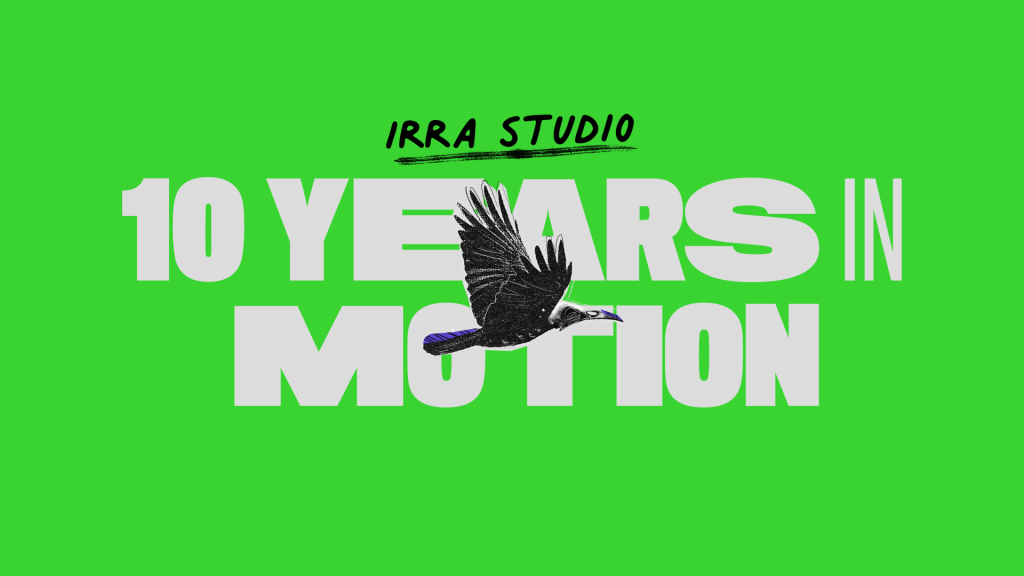
Published by Sarah Ribeiro in December 14 2018
What are Motion Graphics?
With origins in Cinema, Motion Graphics are a video language that became popular in the 80s in openings for movies and TV shows and is to this day widely used in audiovisual productions.
Read our article and have a better grasp on what are Motion Graphics.
Motion Graphics, as its name suggests, is a language that uses graphics in motion. This kind of video uses different techniques, such as Design, Animation, Cinema, Photography and Sound Design. Motion Graphics is able join video, photos, graphics and animations with music, noises and sound effects, generating an audiovisual material full of layers with visual and audio effects.
It has become very popular for enabling the creation of videos and cut out 2D animations at low investment when compared to other productions in Live Action or 3D, which need high investments.
MOTION GRAPHICS ARE NOT ANIMATION
Despite having the same origins in Cinema, Animation and Motion Graphics are not synonyms. Differently from traditional animations, made frame by frame, Motion Graphics normally uses geometric forms, texts, illustrations and icons, merging digital and manual techniques. However, frequently Animation and Motion Graphics are used jointly in a project, which favors even more this common mistake. In this video that we produced for Adama, for example, we can see the utilization of both languages:
HISTORY OF MOTION GRAPHICS
The history of Motion Graphics can be mixed up with Cinema and Animation histories and there is no consensus among scholars regarding the exact date of its beginning. However, an undeniable mark is when the North-American designer Saul Bass turned static credits in movies into a real spectacle, with letters and images in motion, presenting Motion Graphics to the public for the first time with the opening of The Man with the Golden Arm, by Otto Preminger in 1955.
Apart from Otto, during his 40 years career Bass worked for great Hollywood filmmakers such as Alfred Hitchcock, Stanley Kubrick, Billy Wilder and Martin Scorsese.
For Alfred Hitchcock, Bass drew title sequences that were efficient and memorable, inventing a new kinetic typography for North by Northwest, Vertigo and Psycho.
Trivia
By that time, credits had no importance and were projected with closed curtains, that only opened for the movie projection.
After Bass’ innovation, movie reels were delivered with a note: “Projectionist, please open the curtains before the titles”.
MOTION GRAPHICS COME TO TV
In the decade of 1980, with the progresses in computer graphics, Motion Graphics begin to become popular and to be used in TV vignettes. MTV was one of the first channels to adopt the language and made history with bold and innovative vignettes.
In Brazil, Hans Donner was responsible for developing the first Motion Graphics vignettes for programs such as Fantástico, Jornal Nacional and Os Trapalhões, in Rede Globo.
In this article, we briefly presented what are Motion Graphics, its origins and curiosities. Now that you already know a bit about this language, check out 5 reasons for investing in video marketing.
Count on IRRA to produce videos in Motion Graphics that generate results!
Related posts
Contact
Information
WE WANT TO TELL YOUR STORY!
300 Ayrton Senna AvenueTower I #501
Gleba Palhano
Londrina PR - Brazil
+55 43 3342-1395 hello@irrastudio.com




